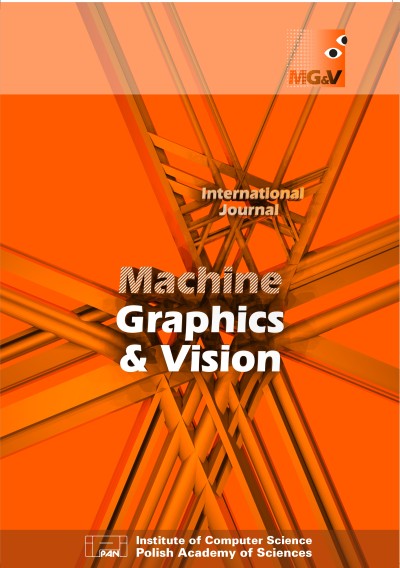Main Article Content
Article Details
Matuszek J., Plinta D.: System komputerowego wspomagania projektowania procesów wytwarzania "SYSKLASS". Politechnika Łódzka, Filia w Bielsku-Białej, 2000.
Dziki D., Laskowski J.: Wpływ cech geometrycznych ziarna pszenicy na właściwości mechaniczne i podatność na rozdrabnianie. Acta Agrophysica 2(4):735-742, 2003.
Geodecki M., Grundas S.: Charakterystyka cech geometrycznych pojedynczych ziarniaków pszenicy ozimej i jarej. Acta Agrophysica 2(3):531-538, 2003.
Puczel. B.(red.), Gazda W.: Wyniki Porejestrowych doświadczeń odmianowych i rolniczych zbóż, grochu siewnego, kukurydzy, ziemniaków. COBORU, SDOO w Krzyżewie. Porejestrowe Doświadczalnictwo Odmianowe i Rolnicze, 2003.
Tukiendorf, M. Characteristics of mixing granular materials achieved by using methods of variance analysis and geostatistical functions. Electronic Journal of Polish Agricultural Universities, 6(1), 2003.
Hebda T., Micek P.: Zależności pomiędzy właściwościami geometrycznymi ziarna zbóż. Inżynieria Rolnicza 6:233-240, 2005.
Zapotoczny P.: Wpływ rozdzielczości i kompresji obrazu na błąd pomiaru geometrii oraz barwy ziarniaków zbóż. Inżynieria Rolnicza 8:417, 2005.
Frączek J., Wróbel M.: Metodyczne aspekty oceny kształtu nasion. Inżynieria Rolnicza 12(87):155-163, 2006.
Frączek J., Slipek Z.: Modele roślinne struktur ziarnistych. Inżynieria Rolnicza 12(87):145-154, 2006.
Matuszek D., Tukiendorf M.: Komputerowa analiza obrazu w ocenie mieszania niejednorodnych układów ziarnistych (system funnel-flow). Inżynieria Rolnicza, 2(90):183-188, 2007.
Tukiendorf M., Rut J., Szwedziak K.: Disintegration of storing the temperature of a grain of wheat in the time. Inżynieria Rolnicza, 9(97):247-252, 2007.
Mleczko J.: Komputerowe wspomagania planowania przebiegu procesów produkcyjnych. Wydawnictwo Fundacji Centrum Nowych Technologii, Bielsko-Biała, 2008.
Mleczko J.: Komputerowo wspomagane zarządzanie wytwarzaniem. Wydawnictwo Fundacji Centrum Nowych Technologii, Bielsko-Biała, 2008.
Frączek J., Wróbel M.: Zastosowanie grafiki komputerowej w rekonstrukcji 3D nasion. Inżynieria Rolnicza 6(115):87-94, 2009.
Rut J., Szwedziak K.: Komputerowa analiza obrazu w ocenie mieszania jednorodnej mieszaniny ziarnistej. Inżynieria Rolnicza 9:207-208, 2009.
Zapotoczny P.: Dyskryminacja odmian pszenicy na podstawie cech geometrycznych. Inżynieria Rolnicza 5:319-327, 2009.
Ginter A., Szarek S.: Sytuacja dochodowa producentów zbóż na przykładzie uprawy pszenicy. Journal of Agribusiness and Rural Development, 4(18):29-39, 2010.
Arseniuk E., Oleksiak T.: Dlaczego zboża. Poradnik dla producentów. Wydanie V. Agro Serwis, 2011.
Guzek D., Wierzbicka A., Głąbska D.: Potencjał oraz zastosowanie komputerowej analizy i przetwarzania obrazu w przemyśle rolno-spożywczym. Inżynieria Rolnicza, 4:67-71, 2011.
Ferreira T., Rasband W.: ImageJ user guide. 2012. Available online form http://imagej.nih.gov/ij/ → docs. Accessed 2012.12.10.





